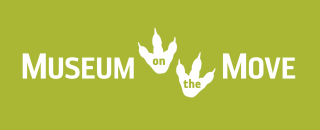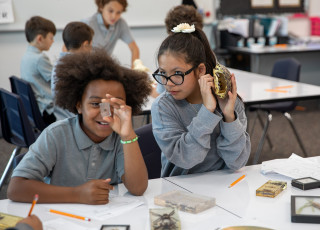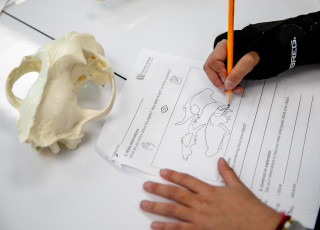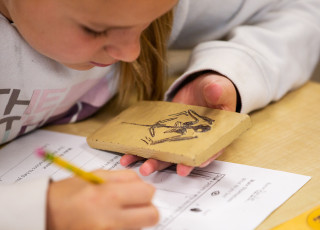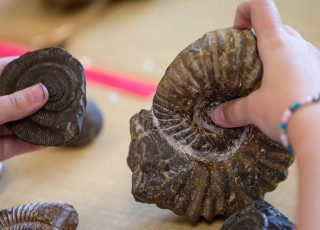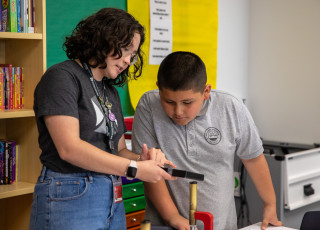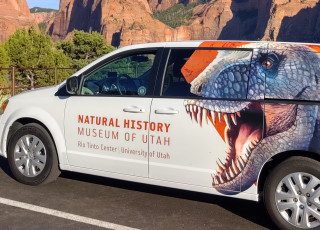Museum on the Move
Hey, Utah 4th-grade teachers! Ever wish that NHMU could come to your classroom? You’re in luck!!
Museum on the Move visits hundreds of 4th-grade classrooms across Utah each year thanks to funding from the Utah State Legislature.
Click the boxes below to learn more about Museum on the Move, to access resources, and prepare for your visit!
Teach a different grade? Click here to visit the iSEE Utah webpage and find which organization visits your grade.
Registration for Museum on the Move is by invitation only. Check your email for an invitation from mom@nhmu.utah.edu or reach out to check your rotation status.
